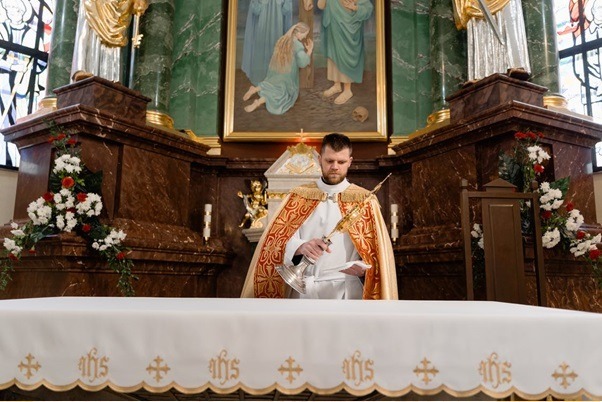This is something that many of the faithful couldn’t answer if their lives depended on it. There’s nothing wrong with that, however, because until the Liturgy of the Eucharist it is only that, wine. It is not the ‘blood of Christ’ until the priest blesses the wine, raises the chalice, and utters the words, “This is my blood…” speaking the words of Christ. If you are wondering where the wine used in Mass comes from and how it’s chosen, you are not alone. Actually, there are very specific guidelines that must be adhered to but the one thing you need to know upfront is that before the Consecration, it is as stated above, just wine.
What Do Cheese and Altar Wine Have in Common?
Although this may sound a bit odd, almost sacrilegious, they really do have something in common! Both cheese and altar wine adhere to very specific guidelines in production or neither can be sold for their intended uses. Let’s look at an example of cheeses that must be made from sheep’s milk and not cows’ milk. The most recognizable are:
- Manchego
- Roquefort
- Feta
- Pecorino (Romano)
So then, the common factor is sheep’s milk. Other Romano cheeses are not made with sheep’s milk and cannot legally be labeled as Pecorino. That’s a fact.
As for altar wines, they must be made solely from grapes with no additional fruits included but they can be sweet or dry, red or white. In order to be labeled and sold as altar wines, they must first be certified by the bishop in the diocese in which the wines are produced. Here you can see that both are the products of strict guidelines and although you wouldn’t sample cheese and altar wine at a tasting event together, they can be sampled separately on the site where they are produced.
The Consecration of the Eucharist
Practicing Catholics know that the mass is really two liturgies in the Mass. There is first the Liturgy of the Word in which there is an:
- Old Testament Reading
- Psalm
- New Testament Reading (other than a Gospel)
- Gospel Reading
Then after the homily (sermon) comes the Liturgy of the Eucharist in which the priest consecrates the bread and wine that become the Body and Blood of Jesus Christ. This is what is being referred to as the point at which it is no longer altar wine but now the blood of Christ. This is a belief central to the Catholic (and orthodox) faiths.
How to Find Altar Wine
So, we know now how it is chosen. In effect, it is ‘chosen’ by the bishop that approves how it was produced. Finding altar wine is another thing altogether.
Traditionally, altar wine was produced by monks who had vineyards at their monasteries. This is how they supported their communities and why there wasn’t a great deal of attention being paid to certifying it. Today, altar wine can be commercially produced at large vineyards but as mentioned, it must be approved and certified by the diocesan bishop.
Many times, parishes find altar wine online for reasonable prices but other times they continue to buy wine from the very same vintners who have produced their wines for hundreds of years.

